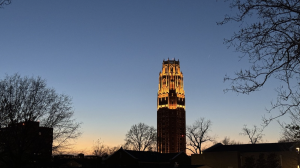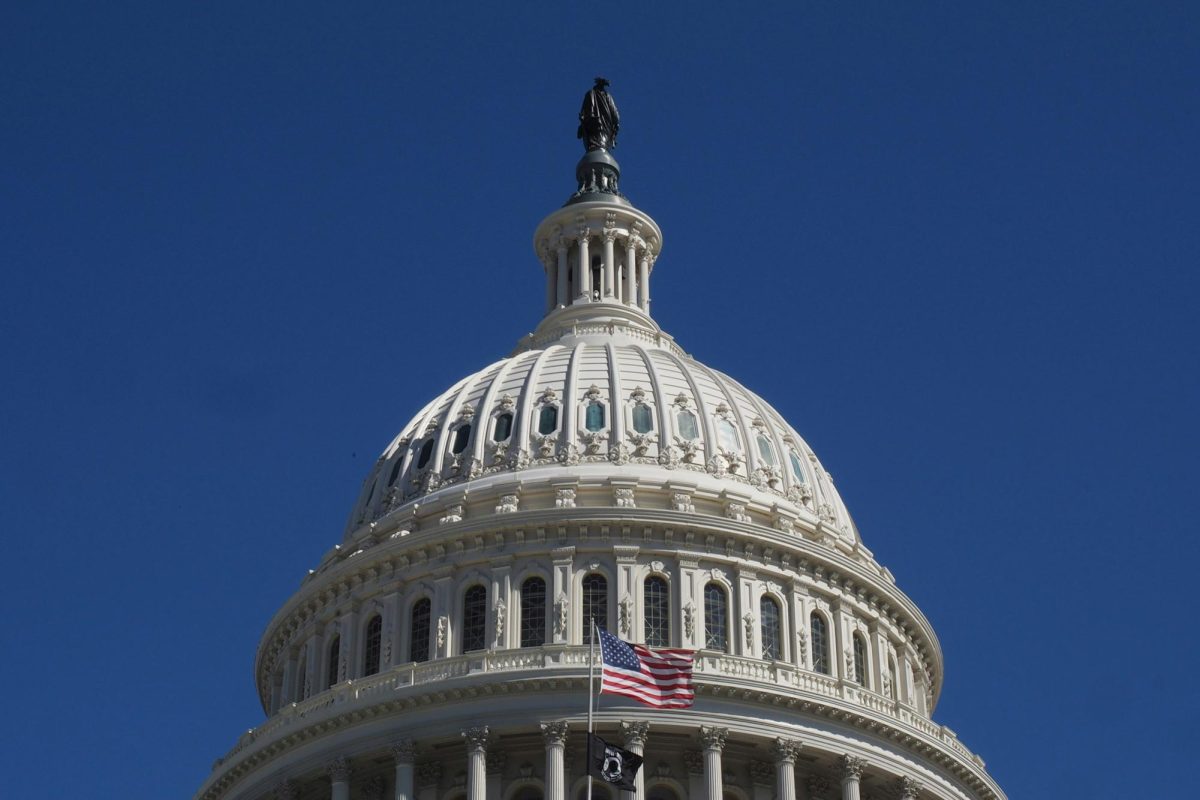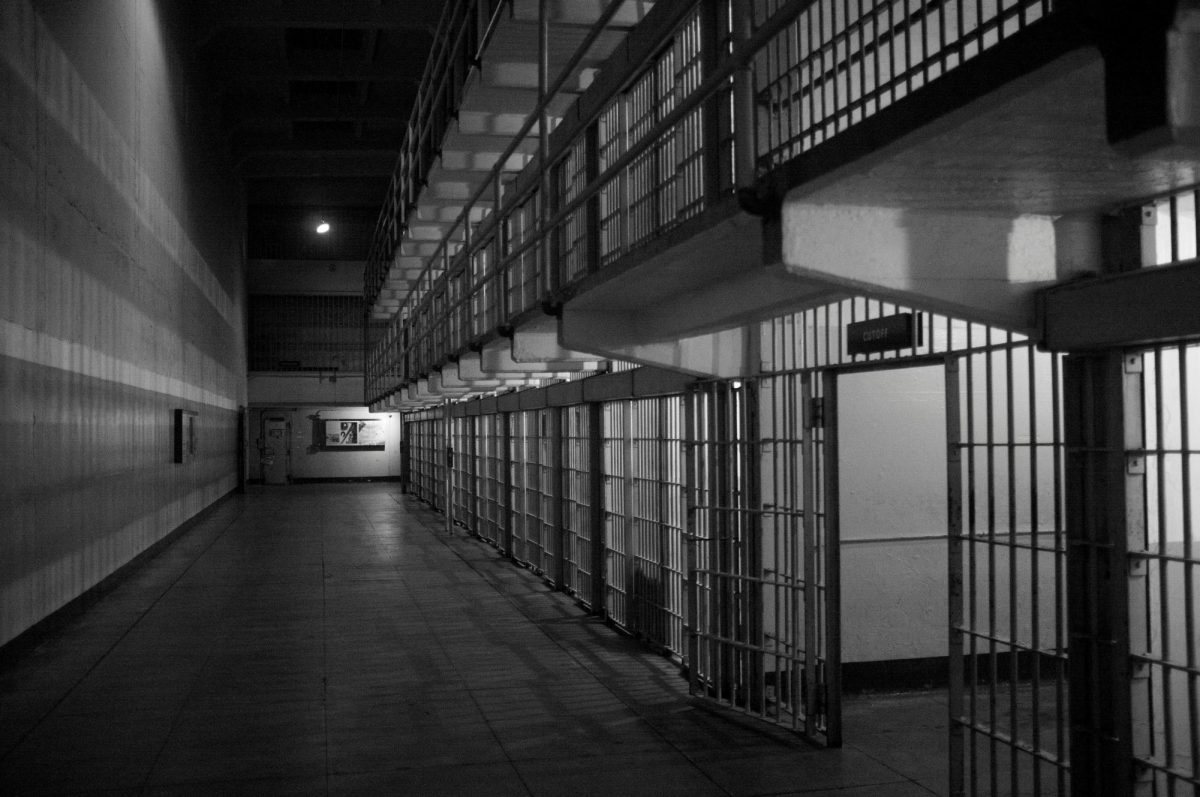The Electoral College is the system used in the United States to determine the winner of presidential elections. Each state has the same number of electoral delegates as they do in their congressional delegation, and in every state except for Maine and Nebraska, these votes are designated by a winner-take-all method. The Electoral College has met waves of criticism from multiple angles. However, all of these criticisms point to the Electoral College’s biggest flaw: it is detrimental overall to the democratic process our country on which our country was founded.
The key feature of a democratic nation is the right and ability of the people to elect their own leaders. While every citizen of the United States over the age of 18 who is registered to vote may vote in the presidential election, not all votes are created equal. Every state has a different number of electoral votes, and while the numbers are based on congressional representatives and therefore loosely correlated with population, the distribution of votes gives voters in certain states more power.
By dividing a state’s adult population by its number of electoral votes, the number of citizens for each electoral vote can be calculated. This reveals how much variation exists in “vote power” across the United States. Wyoming has 142,741 voters for each electoral vote, while New York has 519,075 [1]. California and Florida also have over 500 thousands citizens per electoral vote, while each electoral vote in Vermont, North Dakota, Alaska, and Washington D.C. represents less than 200 thousand voters [1]. Essentially in terms of national significance, a vote cast by a Wyoming voter counts three times as much as that cast by a New York voter. The vast inequality in vote power across the nation is antidemocratic at its core.
However, even disregarding a mathematical analysis of population and electoral votes, votes in different states hold varied levels of importance simply due to the state they reside in. Some states that are won by the same political party election after election are referred to as “blue states” or “red states” because of their consistency. States such as California, New York, Washington, Vermont, Massachusetts, and Hawaii consistently vote Democrat, while Utah, Idaho, Colorado, Nebraska, Oklahoma, and Alaska consistently vote Republican. Since 1992, the margin of victory in each of these states has been greater than 20 percent [2].
With such a consistently large margin of victory, little attention is paid to these states during presidential elections, and voters feel the same insignificance. Norman S. Poser wrote in a letter to The Wall Street Journal that “many people doubtless did not bother to vote because there was no chance their vote would affect the outcome in solidly Democratic New York state” [3]. Instead, presidential candidates focus virtually all of their energy and money on battleground states, or swing states, which are states with no predictable election outcome. Swing states, such as Ohio, Florida, Virginia, North Carolina, and Pennsylvania, receive the most attention from candidates during presidential elections from all candidates. While this is clearly the most fiscally sensible thing to do, as battleground states are really the only states that are undecided, it makes voters in other states feel unimportant. For this reason, residents of non-swing states do not feel any motivation to vote, knowing that their vote will not change the outcome of their state and therefore will not affect the outcome of the general election.
In a democratic nation such as the United States, every citizen should feel that they play a role in electing the president of the United States. The feeling of apathy that plagues many voters in stronghold states is dangerous, for voter turnout numbers are already suffering. Voter turnout trails most countries in Latin America [4], and is by far the lowest out of any G8 country and of many other modern democratic nations [5]. With struggling voter turnout numbers, the last thing the United States needs is a system that devalues votes and accordingly discourages participation in democracy, with the exception of a few battleground states.
[3] http://online.wsj.com/article/SB10001424127887324556304578119163641724492.html
[4] http://www.huffingtonpost.com/2012/11/08/voter-turnout-latin-america_n_2093819.html
[5] http://www.accuratedemocracy.com/d_datac.htm
[Image Credit: http://elections.huffingtonpost.com/2012/custom-presidential-election-map]











